Related Research Articles
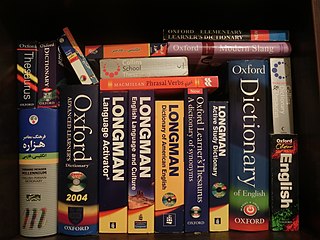
A dictionary is a listing of lexemes from the lexicon of one or more specific languages, often arranged alphabetically, which may include information on definitions, usage, etymologies, pronunciations, translation, etc.. It is a lexicographical reference that shows inter-relationships among the data.
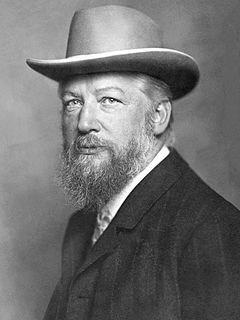
Friedrich Wilhelm Ostwald was a Baltic German chemist and philosopher. Ostwald is credited with being one of the founders of the field of physical chemistry, with Jacobus Henricus van 't Hoff, Walther Nernst, and Svante Arrhenius. He received the Nobel Prize in Chemistry in 1909 for his scientific contributions to the fields of catalysis, chemical equilibria and reaction velocities.

A test tube, also known as a culture tube or sample tube, is a common piece of laboratory glassware consisting of a finger-like length of glass or clear plastic tubing, open at the top and closed at the bottom.
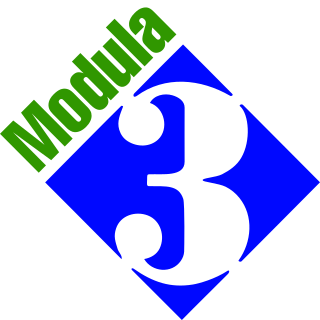
Modula-3 is a programming language conceived as a successor to an upgraded version of Modula-2 known as Modula-2+. While it has been influential in research circles it has not been adopted widely in industry. It was designed by Luca Cardelli, James Donahue, Lucille Glassman, Mick Jordan, Bill Kalsow and Greg Nelson at the Digital Equipment Corporation (DEC) Systems Research Center (SRC) and the Olivetti Research Center (ORC) in the late 1980s.

Syndicate is a series of science fiction video games created by Bullfrog Productions and published by Electronic Arts. There are two main titles: Syndicate (1993) and Syndicate Wars (1996), both of which are isometric real-time tactics games. An additional first-person shooter Syndicate title was released in 2012, and a spiritual successor to the series, entitled Satellite Reign, was released in 2015.
In the visual arts, color theory is a body of practical guidance to color mixing and the visual effects of a specific color combination. There are also definitions of colors based on hues of the color wheel: primary color, secondary color, and tertiary color. Color theory has a history that goes back all the way to Antiquity. Aristotle and Claudius Ptolemy already discussed which and how colors can be produced by mixing other colors. The influence of light on color was investigated and revealed further by al-Kindi and Ibn al-Haytham (d.1039). Ibn Sina, Nasir al-Din al-Tusi and Robert Grosseteste discovered that contrary to the teachings of Aristotle, there are multiple color paths to get from black to white. More modern approaches to color theory principles can be found in the writings of Leone Battista Alberti and the notebooks of Leonardo da Vinci. A tradition of "color theory" began in the 18th century, initially within a partisan controversy over Isaac Newton's theory of color and the nature of primary colors. From there it developed as an independent artistic tradition with only superficial reference to colorimetry and vision science.

A color term is a word or phrase that refers to a specific color. The color term may refer to human perception of that color which is usually defined according to the Munsell color system, or to an underlying physical property. There are also numerical systems of color specification, referred to as color spaces.

Grady Booch is an American software engineer, best known for developing the Unified Modeling Language (UML) with Ivar Jacobson and James Rumbaugh. He is recognized internationally for his innovative work in software architecture, software engineering, and collaborative development environments.
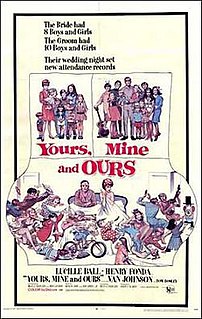
Yours, Mine and Ours is a 1968 American family comedy film directed by Melville Shavelson and starring Lucille Ball, Henry Fonda and Van Johnson. Before its release, it had three other working titles: The Beardsley Story, Full House, and His, Hers, and Theirs.
Visual design elements and principles describe fundamental ideas about the practice of visual design.

Explosive detection is a non-destructive inspection process to determine whether a container contains explosive material. Explosive detection is commonly used at airports, ports and for border control.
Container Corporation of America (CCA) was founded in 1926 and manufactured corrugated boxes. In 1968 CCA merged with Montgomery Ward & Company, Inc., becoming MARCOR. MARCOR maintained separate management for the operations of each company, but had a joint board of directors. In 1986, Mobil Corporation, which had bought MARCOR in the early 1970s, sold the CCA company to the Jefferson Smurfit Corporation, which merged with the Stone Container Corporation in 1998 to become part of the Smurfit-Stone Container Corporation.
Bial's test is a chemical test for the presence of pentoses. It is named after Manfred Bial, a German physician. The components include orcinol, hydrochloric acid, and ferric chloride. A pentose, if present, will be dehydrated to form furfural which then reacts with the orcinol to generate a colored substance. The solution will turn bluish and a precipitate may form. The solution shows two absorption bands, one in the red between Fraunhofer lines B and C and the other near the D line. An estimate of the relevant wavelengths can be made by referring to the Fraunhofer lines article.
PREservation Metadata: Implementation Strategies (PREMIS) is the de facto digital preservation metadata standard.
Color analysis, also known as personal color analysis (PCA), seasonal color analysis, or skin-tone matching, is a term often used within the cosmetics and fashion industry to describe a method of determining the colors of clothing and makeup that harmonize with a person's skin complexion, eye color, and hair color with the benefit of being able to use this tool for wardrobe planning and style consulting. Color analysis demonstrates how certain shades are capable of being flattering or, conversely, unflattering by observing the optical illusions that occur on the face when placing specific colors next to the individual. It is generally agreed that the wrong colors will draw attention to such flaws as wrinkles or uneven skin tone while harmonious colors will enhance the natural beauty of the individual making them appear healthy and fresh-faced.
Royal George Finch was an American civil engineer and politician from New York. He was the last New York State Engineer and Surveyor, in office from 1925 to 1926. He was a member of the New York State licensing board for engineers.
-ana is a Latin-origin suffix that is used in English to convert nouns—usually proper names—into mass nouns, most commonly in order to refer to a collection of things, facts, stories, memorabilia, and anything else, that relate to a specific place, period, person, etc.
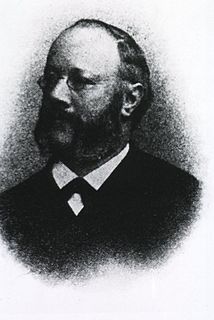
Additional information needed
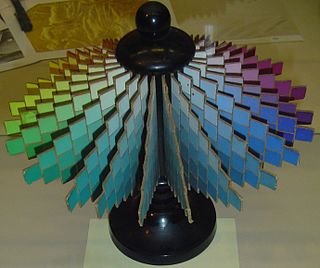
In colorimetry, the Ostwald color system is a color space that was invented by Wilhelm Ostwald. Associated with The Color Harmony Manual, it comprises a set of paint chips representing the Ostwald color space. There are four different editions of the Color Harmony Manual. Each manual is made up of charts, with each chart being a different color space.
References
- Walter C. Granville and Egbert Jacobson (1944). "Colorimetric Specification of the Color Harmony Manual from Spectrophotometric Measurements". Journal of the Optical Society of America 34(7). 382–395.
- Egbert Jacobson (1942). The Color Harmony Manual. Color Laboratories Division, Container Corporation of America. Chicago.
- Helen D. Taylor, Lucille Knoche, and Walter C. Granville, eds. (1950). Descriptive Color Names Dictionary. Container Corporation of America. Chicago.